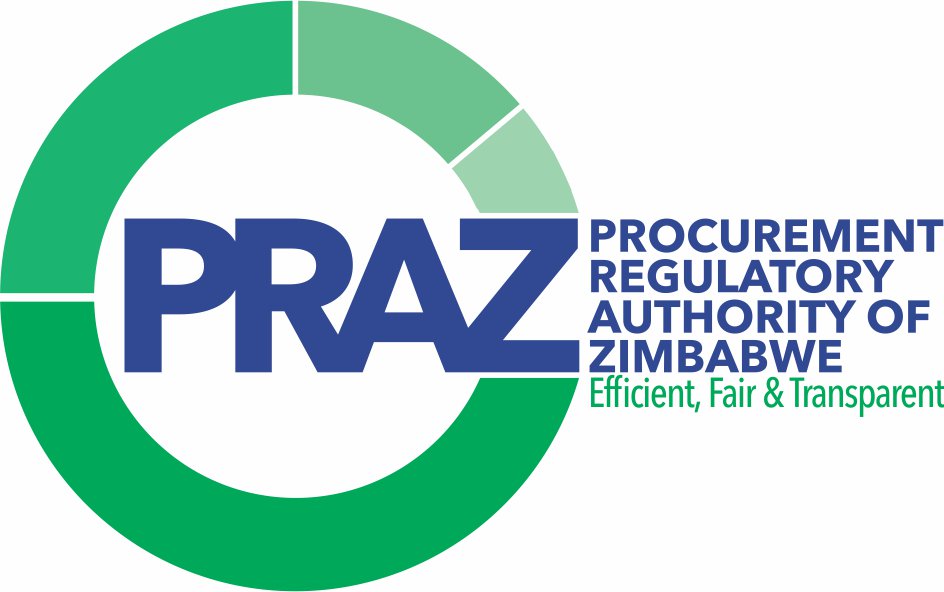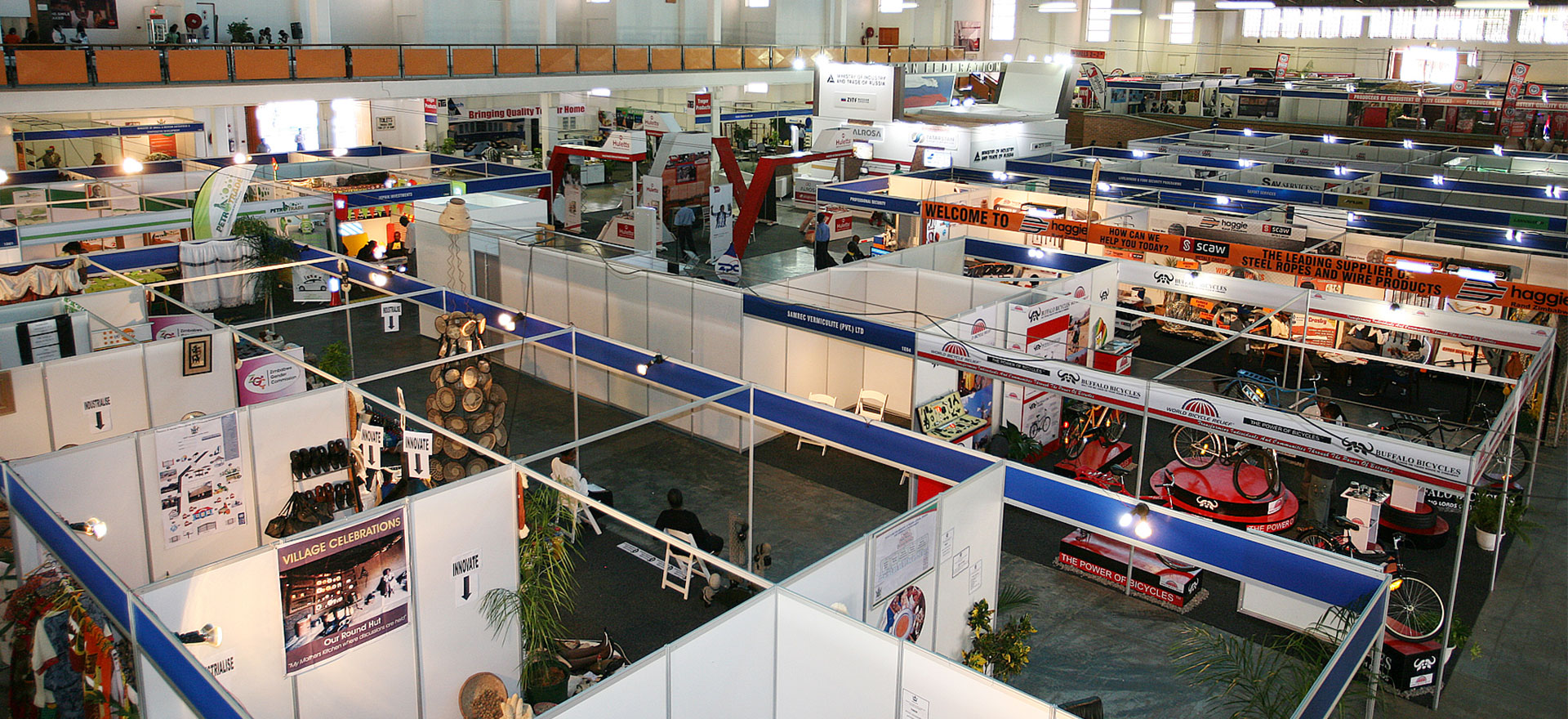Climate change smoking Zim’s tobacco crop
The climate crisis is smoking out commercial tobacco farming in Zimbabwe, threatening the livelihoods of smallholder farmers and risking nearly US$1 billion in export earnings.
While tobacco is neither an edible nor nutritious crop, its production keeps thousands of Zimbabweans employed and fed. Tobacco is the second major foreign currency earner for the country after gold. Zimbabwe, which has been growing tobacco for more than 100 years, is Africa’s top producer and sixth in the world.
A good rainy season in 2020 boosted crop yields, but Zimbabwe’s smallholder tobacco farmers remain in a fix. Increasingly unfavourable weather has made rain-fed tobacco production a gamble that many are wary to risk. Farmers are abandoning the lucrative leaf, pressured by high production costs, limited government investment in infrastructure, poor prices paid at the auction and now extreme weather.
Though climate change is impacting commercial production of tobacco, farmers are also contributing to environmental damage through uncontrolled tree cutting for firewood used in tobacco curing. An estimated 20 percent of the country’s annual forest loss is attributed to wood used in curing tobacco.
There’s also the issue of tobacco competing with food crops. Water scarcity is an issue in Zimbabwe, caused to some extent by unfavourable and fluctuating natural conditions and by sub-optimal development and use of available resources, said Martin Moyo, scientist and country representative for the International Crop Research Institute for the Semi-Arid Tropics (ICRISAT).
“Due to high mortality rates of smoking, tobacco may be deemed as a health hazard and it is not everyone’s choice of a high value crop to promote,” he said.
“When irrigated, it does compete for water resources with other food and nutrition security crops since the country’s water resources are limited. However, on a commercial point of view, growing tobacco may be of greater value.”
Up in smoke
Rain-fed tobacco has become an increasingly risky crop to grow from both a climate and a commercial perspective, a 2021 study by Agricultural Policy Research Africa (APRA) found. Tobacco farming could be extinguished if farmers do not quickly adapt to the changing climate, warned study authors Andrew Newsham, Toendepi Shonhe and Tsitsidzashe Bvute.
Shorter and more erratic rainfall episodes and increased dry spells observed in the last 40 years are pushing smallholder tobacco farmers out of business. The study documented the impact of climate change on farmers growing tobacco as a cash crop in the Mazowe district of Mashonaland Central province, 40 kilometres north of the capital city, Harare.
The climate crisis is brewing on the back of chronic economic instability, recurring inflation and a reduction in agriculture extension support for farmers in Zimbabwe. Furthermore, linking input subsidies to political support and the low placement of Zimbabwe farmers on the international tobacco value chain have worsened the situation for tobacco farmers under rain-fed production system, researchers found.
Most of Zimbabwe’s flue-cured tobacco is exported raw, mainly to South Africa and China, with minimal processing. In 2020, Zimbabwe exported over 200 million kilograms of tobacco leaf valued at more than US$780 million.
Despite tobacco’s rich pickings, smallholder farmers engaged in contract farming have not enjoyed its fortune.
Tobacco, a major crop grown in Zimbabwe by many small holder farmers and some beneficiaries of the land resettlement program, is under threat as a result of climate change, explained political economist Toendepi Shonhe. He co-authored the study, which sought to understand if the benefits of growing tobacco were accruing to smallholder farmers or big corporations.
“The focus should be on how to help smallholder farmers in their resilience to climate change beyond being able to adapt,” Shonhe said.
“Efforts should be made to mobilise resources for farmers because if you look at the tobacco value chain it is big corporates in the industrialised countries that benefit from the value of agriculture produce.”
With limited productive assets to improve climate change resilience, farmers can barely adapt and are prone to climate change risks, the researchers found. They recommended investment in agricultural infrastructure and assistance for farmers to switch, in some cases, from tobacco to better adapted and commercial crops. Researchers also see a need for existing agriculture extension services to provide stronger support to smallholder tobacco farmers.
Quenching thirsty tobacco
The Global Climate Risk Index which tracks climate change impacts lists Zimbabwe as one of the countries most affected by extreme weather events in 2019, including droughts, floods and high temperatures.
“Irrigation is the way to go as farmers are able to mitigate in the event of hot spells,” advised Benjamin Kwenda, an agriculture meteorologist, noting that a switch to food crops affects farmers’ cash flows, thereby also reducing the production output of cash crops.
“Real farming is irrigation,” said farmer Isidore Guvamombe, who had aimed to use it since he first began growing the crop 20 years ago. Switching to irrigation was slow but systematic and Guvamombe started by irrigating a hectare of his crop, drawing water from a river running on his farm. Though he has been irrigating half of his 17 hectares of land since 2020, he is still discouraged by the crop’s future.
“I started switching to growing banana and mango but the frost took me back. I am now going for goats, rabbits and road runner chickens but I am definitely leaving tobacco next year,” Guvamombe said.
Tobacco production has been a seen as route of poverty for many people and a “success story” of the controversial fast-track land reform programme which Zimbabwe embarked on in 2000. There are more than 140 000 small holder tobacco growers in the country and more than 3 million people depend on tobacco production for their livelihood.
Farmers try other crops
Farmer Ellen Chipungu has shifted from tobacco to growing maize and soya beans. She benefited from the government-sponsored conservation agriculture program, Pfumvudza/Intwasa, where she received seeds, fertiliser and pesticides. In the 2020-21 season she harvested 8 tonnes of maize from four hectares, a yield she describes as poor because of limited inputs owing to high costs and low rainfall distribution in her area.
“While I am not satisfied with my harvest I cannot do tobacco unless I get a field to rent with irrigation,” said Chipungu, adding that she was getting more income from growing other crops compared to tobacco.
The last time she planted tobacco four years ago, she realised US$500 profit after deducting the production costs but said she earned double that amount by growing maize, soya beans and sweet potatoes.
Shandu Gumede, a farmer in Matabeleland North province, a drought-prone region, grew tobacco in 2014 for two seasons. But she was forced to abandon the crop in the third year owing to high costs of production, low prices and heavy rains which damaged her crop.
“Due to the high input costs in tobacco farming it became a financial challenge to continue as a self-funded farmer,” Gumede recalled. Tobacco contractors were not keen to sign her up because of the long distance between her farm and the auction floor in Harare, 400km away.
“I remember first season I sold 120 bales with an average weight of 130kg per bale,” she said.
“My best grade tobacco fetched $5/kg — at that time that was a very good price.”
But it has been different for Moses Simoko, another smallholder farmer in Mvurwi area, in the Mazowe District. He grows tobacco under irrigation.
“It has not been easy,” Simoko admitted, lamenting the high cost of fuel for the water pump to irrigate his crop.
Simoko uses a basic sprinkler system that allows him to irrigate only up to a hectare of tobacco. In the 2020-21 season he planted 2 hectares of tobacco; one hectare under irrigation and the other dryland (rainfed).
“I got 1 800kg under irrigation compared to 1 000 kg under dry land. The average price for my crop under irrigation was $3,2/kg compared to $1,5/kg on dry land,” Simoko said.
Irrigation offers hope that farmers can remain in tobacco production but researchers say more incentives are needed to bolster national tobacco production.
According to researchers, farmers without access to irrigation and inputs are abandoning tobacco production. These are farmers who are often tied into contract farming arrangements, which pay far below the market rate for tobacco produced. During the poor rains of the 2019-20 season, many farmers in Mazowe District found themselves dependent on food aid.
Zimbabwe is rolling out a National Accelerated Irrigation Rehabilitation and Development Program to exploit irrigation potential in every district as part of the drought-proofing strategy. The target is to increase the area under irrigation to 350 000 hectares by 2025.
The United Nation’s Food and Agriculture Organisation (FAO) notes that Zimbabwe has an estimated irrigation potential of 365,624 hectares, which takes into account only the available internal renewable water resources and not water from the Zambezi and Limpopo border rivers.
Burning forests to cure tobacco
Statistics from the Zimbabwe’s Forestry Commission show that the Zimbabwe is losing 262,000 hectares of forests per annum, with an estimated 20 percent of the loss attributed to tobacco curing. After harvesting, tobacco leaves are dried under hot air in a barn, a process that also gives the leaves a golden colour and flavour that defines the quality of the tobacco for smoking. Many farmers use coal and firewood for curing tobacco.
Farmers are generally not including energy for tobacco curing in their input list as firewood is regarded as a free resource. They can go into the forest and cut trees, noted Violet Makoto, spokesperson for the Forest Commission, a body mandated to conserve Zimbabwe’s forest which cover about 45 percent of the country.
“Firewood is the cheapest energy resource there is for many small holder tobacco farmers who have limited access to alternative sources of energy and this is a huge challenge,” said Makoto, whose organisation has launched a Tobacco Ward Energy Programme specifically for tobacco farmers to plant their own trees and save indigenous forests.
Sustainable curing
Tobacco production can reduce its environmental footprint through the use of wood harvested from sustainable forests.This is the belief behind an afforestation initiative by the Sustainable Afforestation Association (SSA), a tobacco industry initiative in Zimbabwe.
To that end, the Association has embarked on the program to establish eucalyptus tree plantations in major tobacco growing areas of Zimbabwe.
Since 2014, the Association has planted 20 000 hectares of eucalyptus trees in collaboration with 350 commercial tobacco farmers, said Lloyd Mubaiwa, business relations manager at SSA. The wood will be ready for harvest in two years.
The reforestation model involves partnering with commercial tobacco farmers in establishing wood lots on their farms, he explained. The Association manages the trees to maturity and harvests them at 100 cubic metres per hectare.
“The target is to stop the 20 percent rate of deforestation attributed to tobacco curing from increasing,” emphasised Mubaiwa, whose organisation has also rolled out an afforestation model for smallholder tobacco farmers.
Mubaiwa, who is optimistic that the promotion of energy efficient barns can help in reducing wood demand for curing, estimated it takes between eight and 10kg of wood cure a kilogramme of tobacco. About 25 000 hectares of wood are required every year for tobacco curing.
“Tobacco can be produced in a sustainable manner and that is the future we want for this country,” he said.
This article was first published in the Alliance for Science, an organisation whcih seeks to promote access to scientific innovation as a means of enhancing food security, improving environmental sustainability, and raising the quality of life globally.-businessweekly











